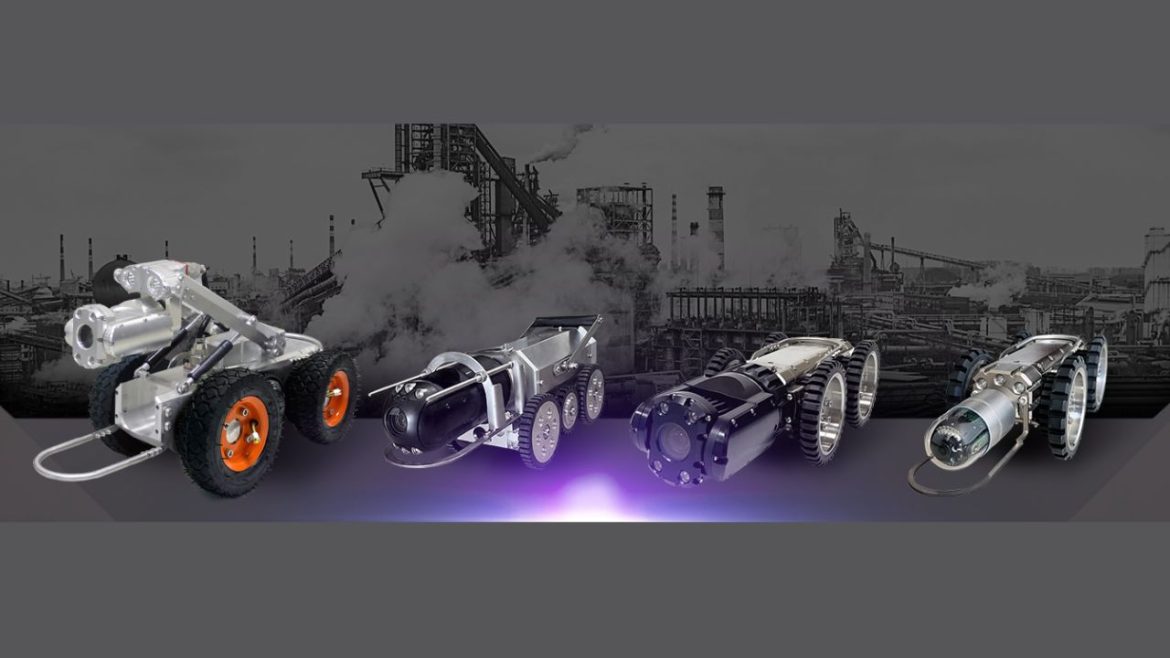In the world of industrial maintenance, which is constantly developing at a very high pace, pipe inspection robots are being introduced as one of the revolutionary technologies. These advanced machines are revolutionizing pipeline inspections by industries by bringing in better efficiency, safety, and accuracy. With industries gradually incorporating this technology, it can be seen that pipe inspection robots are indeed promising tools that are revolutionizing maintenance methods while providing efficient and progressive solutions. This article aims to discuss how JiuTai Technology in pipe inspection robots has changed maintenance.
An Overview of Pipe Inspection
Earlier approaches to pipe inspection were manual and slow, and they came with the added risk of endangering human life. The inspectors would have to move through possibly dangerous areas and apply primitive equipment to assess the pipes. This process was time-consuming and error-prone, and some issues, such as the condition of the infrastructure, could easily be missed.
Improve Safety in Industrial Setting
Another significant benefit of pipe inspection robots is that they help increase industrial facility safety. Thus, using these robots eliminates human inspectors’ need to go into hazardous or small spaces. This not only helps to avoid accidents but also to avoid contact with dangerous substances or conditions. Pipe inspection robots are fitted with different sensors and cameras. This enables them to work in areas that are not easily accessible. This capability makes it possible to perform the inspections without exposing the human resources to hazards, thus meeting the set safety measures and policies.
Improving Efficiency and Accuracy
Pipe inspection robots are developed to work with high efficiency and accuracy of the results. Instead of visual inspections, often prone to human mistakes or tiredness, these robots offer accurate results. They possess high-tech imaging systems that take clear images of the pipes’ internal lining, the pipe wall’s conditions, and the presence of any obstruction. Pipe inspection robots monitor and analyze. This honest, real-time feedback allows maintenance teams to take corrective action as soon as a problem is noted and before it worsens, causes a failure, or requires extensive repairs. Another factor that makes them efficient in operations is that they can survey vast areas quickly.
Reducing Operational Costs
Pipe inspection robots can be integrated to reduce significant costs within industrial facilities. Other inspection forms might be time-consuming, and in most cases, they cause more downtime than they intended, meaning that productivity and, in turn, revenue are affected. On the other hand, pipe inspection robots help in the inspection process and eliminate the need to hire people to crawl through the pipes, thus causing little interference to the operations. Using pipe inspection robots to detect problems at an early stage and with high precision also assists in avoiding large-scale breakdowns and increasing the durability of the structures. This approach to maintenance may result in significant long-term benefits, as it is less expensive than repairs and replacements.
Progression of Data Collection and Analysis
Some pipe inspection robots are also very efficient in data acquisition and analysis in addition to visual inspection. Contemporary robots are fitted with different sensors capable of measuring parameters like temperature, pressure, and wall thickness. The collection of such extensive data also assists in making better decisions regarding maintenance and repairs of the pipes, as it gives a better picture of the pipes’ state. The information gathered by pipe inspection robots can be used to determine patterns and prevent problems before they arise. This predictive maintenance approach helps plan and allocate resources more effectively, thus increasing the effectiveness of industrial processes.
Integrating with Modern Technologies
Other advanced technologies can enhance pipe inspection robots and make them even more efficient. For example, applying artificial intelligence (AI) and machine learning algorithms will improve the robots’ capability of identifying and diagnosing problems. These technologies can process a large amount of data, find patterns, and make recommendations for maintenance teams. In addition, integrating remote monitoring and control features enables the inspections to be performed from almost any location. This flexibility allows the maintenance teams to attend to issues as they arise, irrespective of the location of the problem.
Conclusion
Pipe inspection robots are one of the most significant innovations in industrial maintenance, as they provide numerous advantages in terms of safety, efficiency, accuracy, and cost. By using these high-tech devices instead of conventional inspection, industries can upgrade their maintenance procedures, minimize the dangers of operation, and increase efficiency. With the advancement in technology, the utilization of pipe inspection robots in enhancing industrial maintenance is set to grow, thus strengthening the significance of pipe inspection robots in modern industrial processes.

